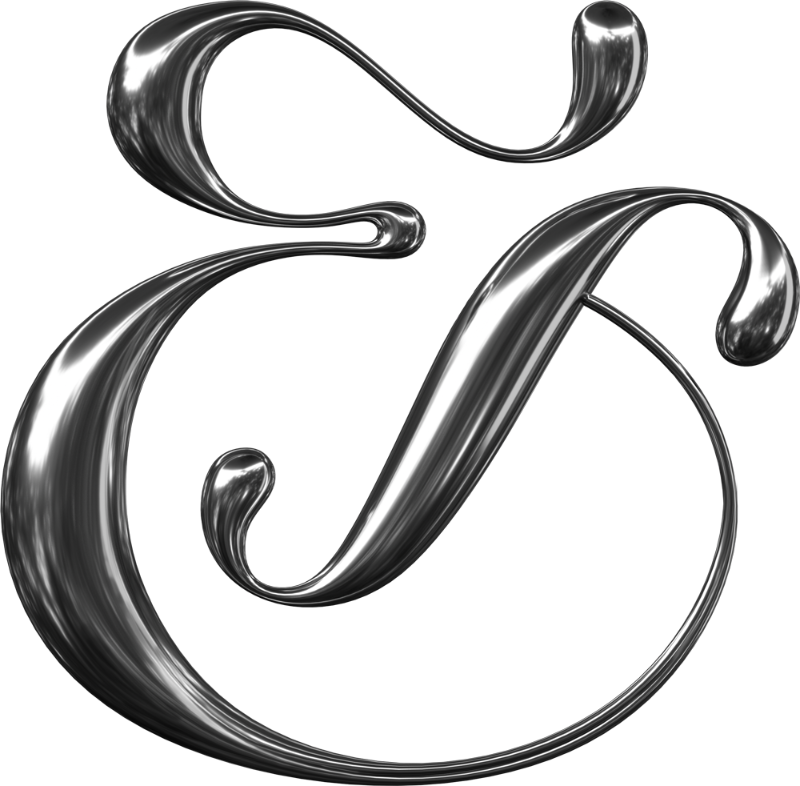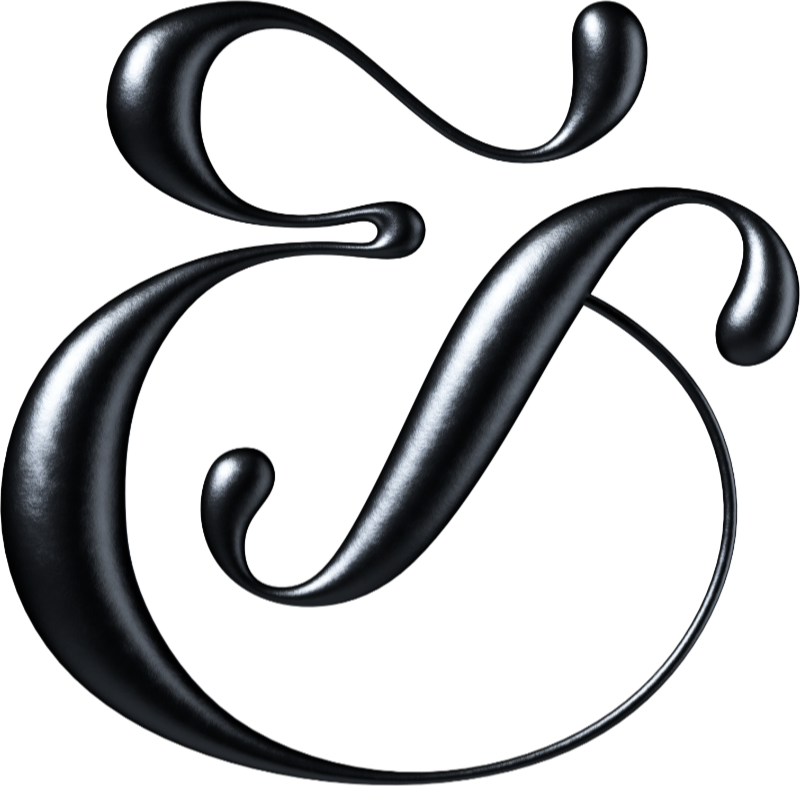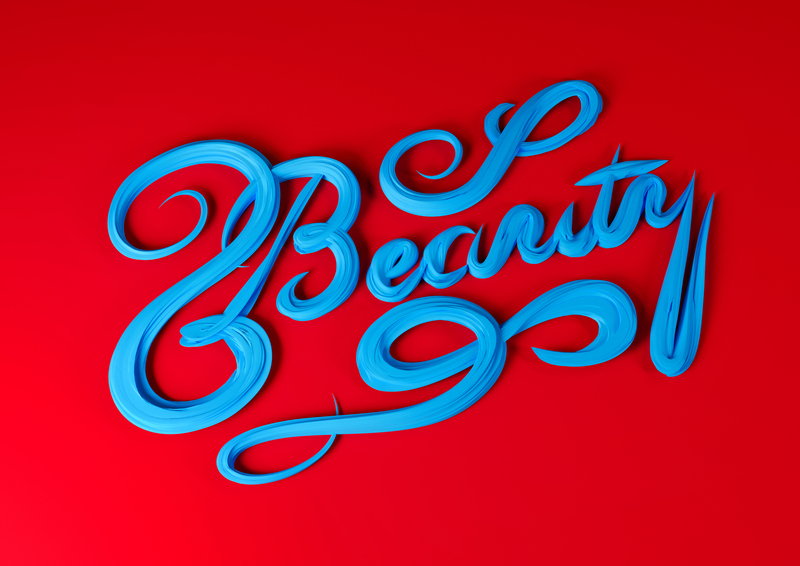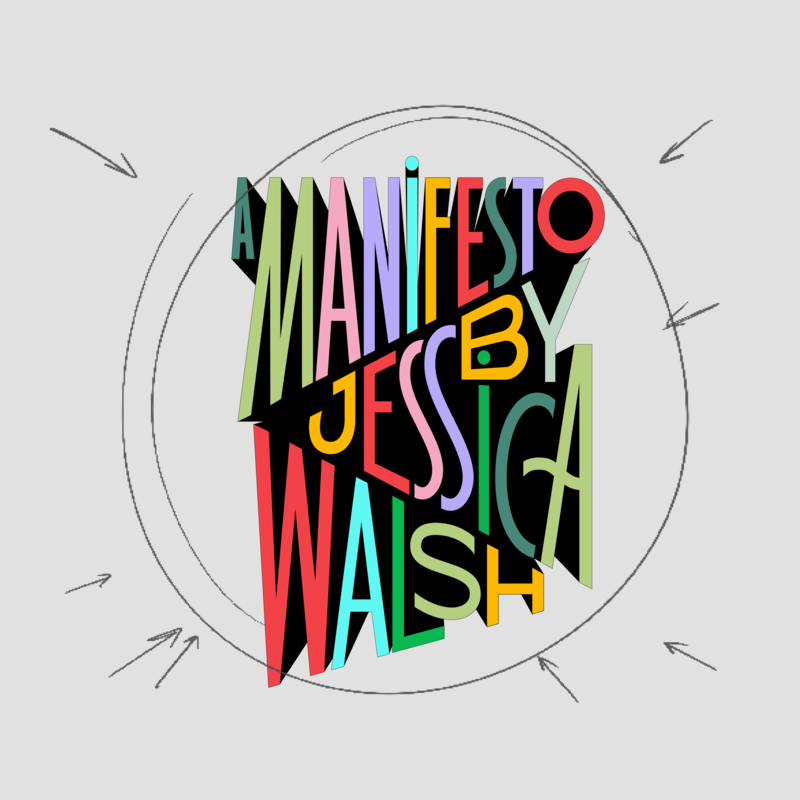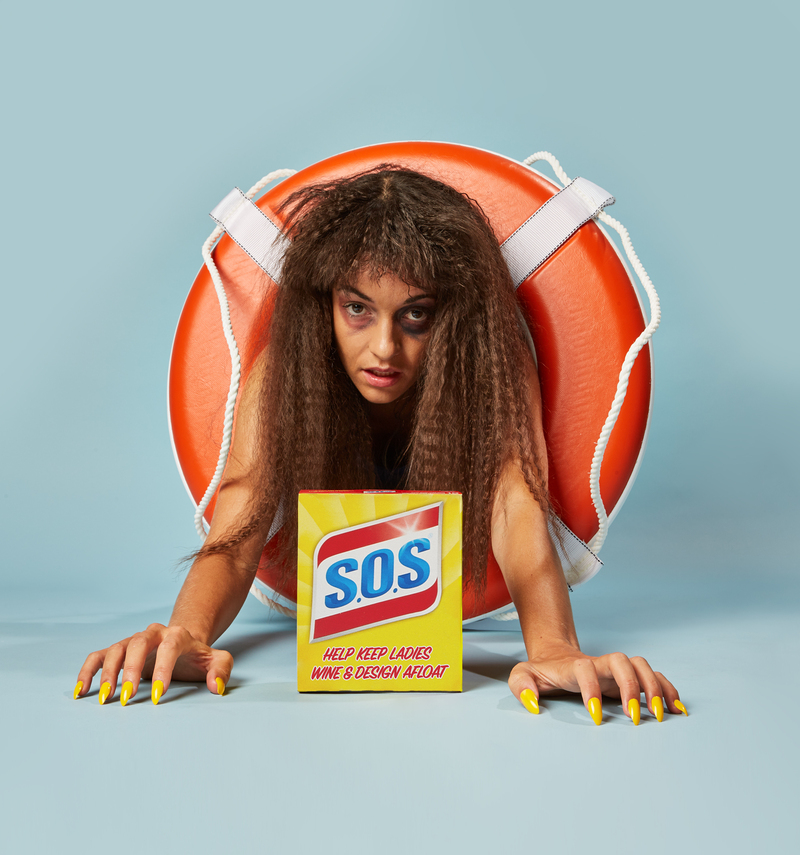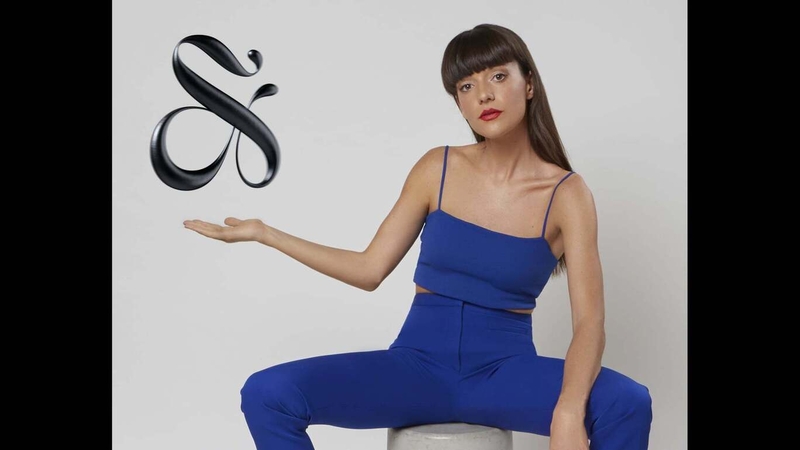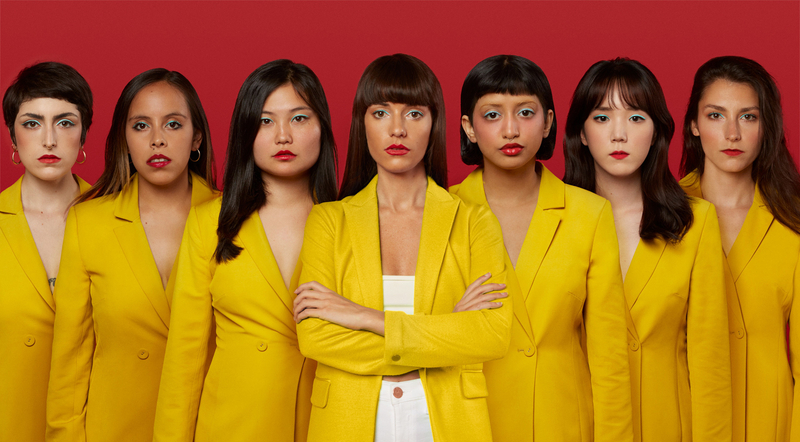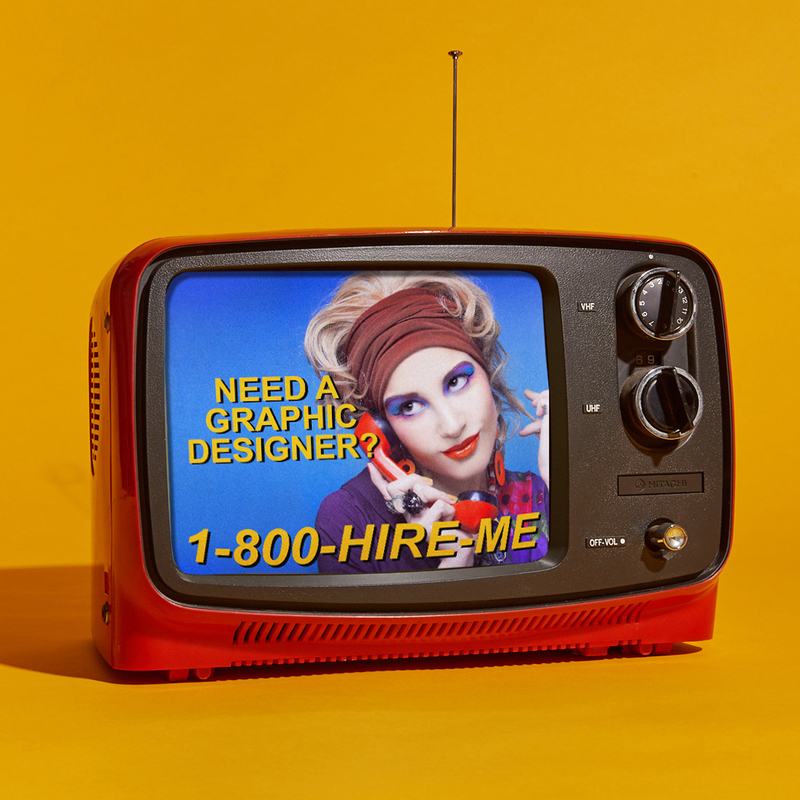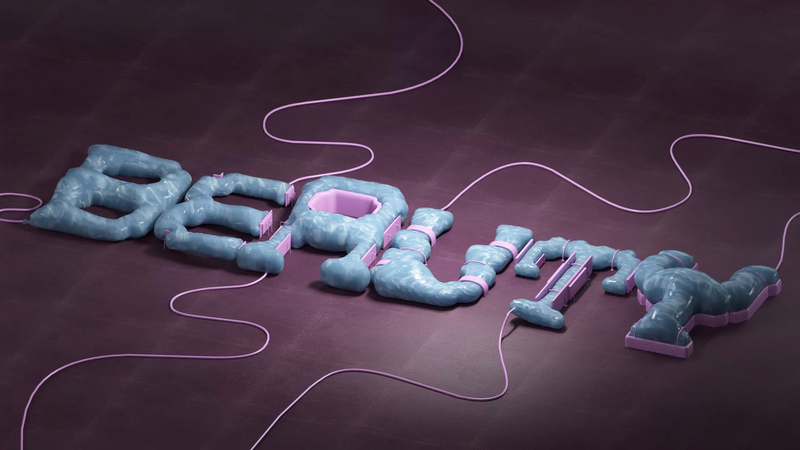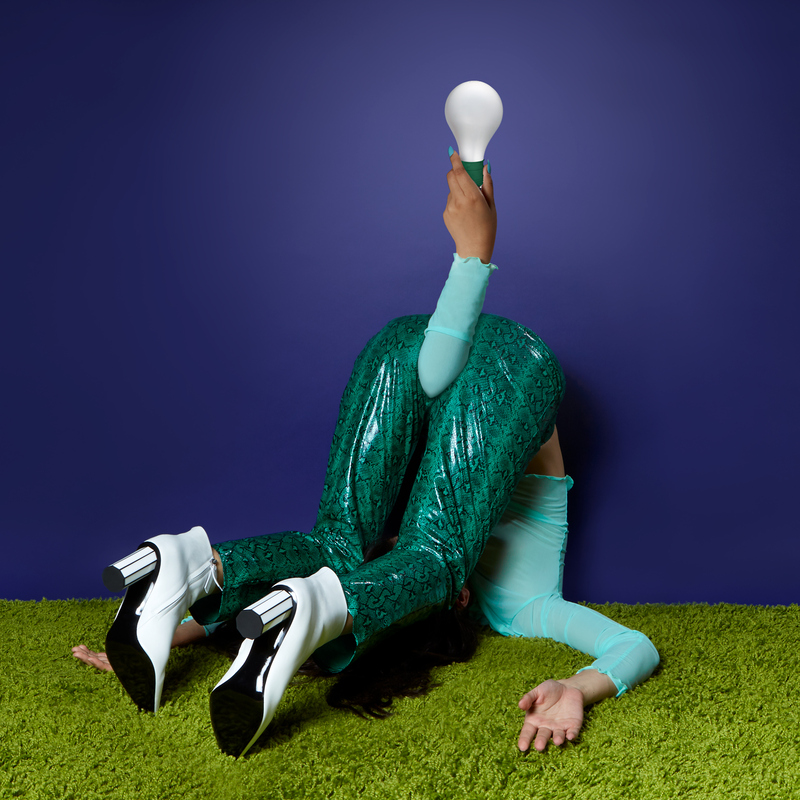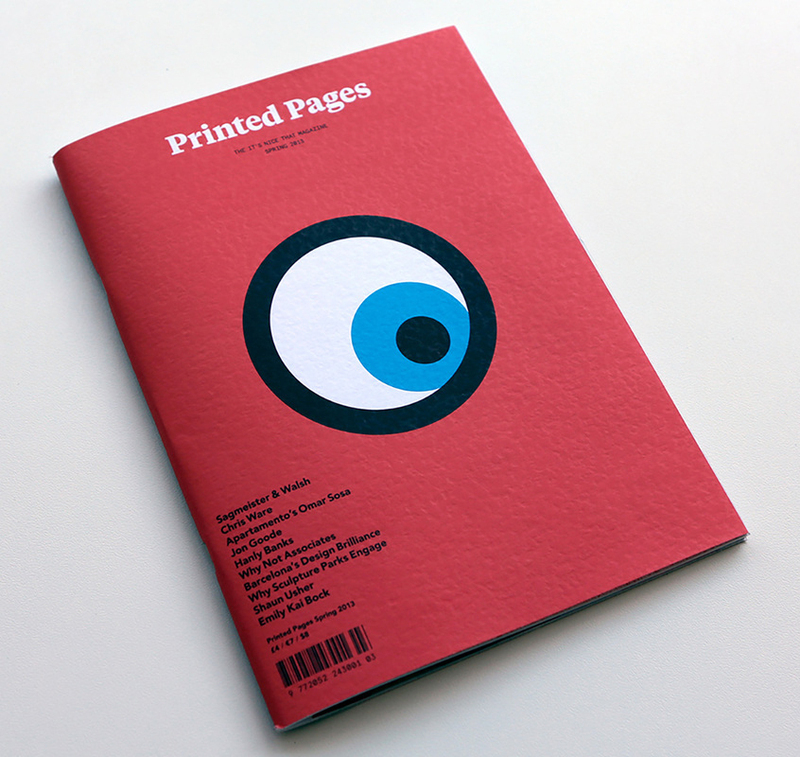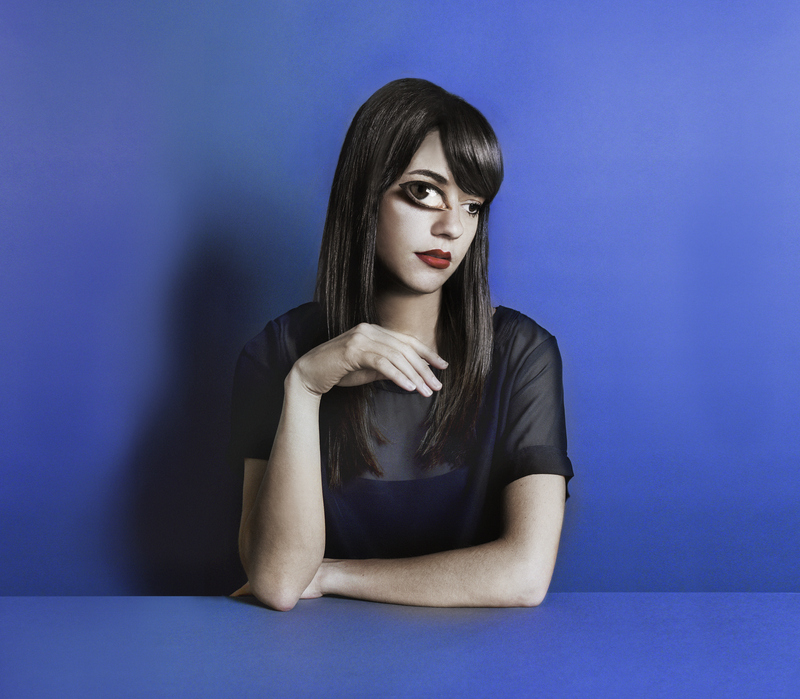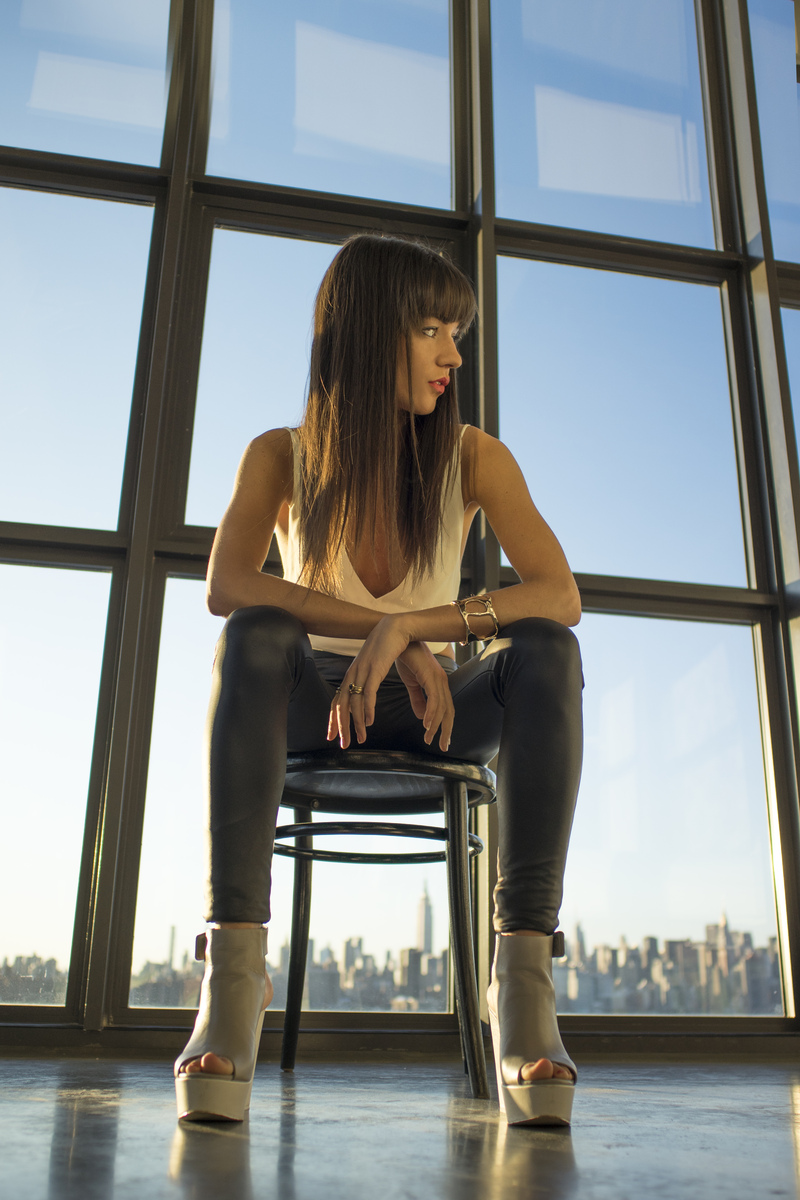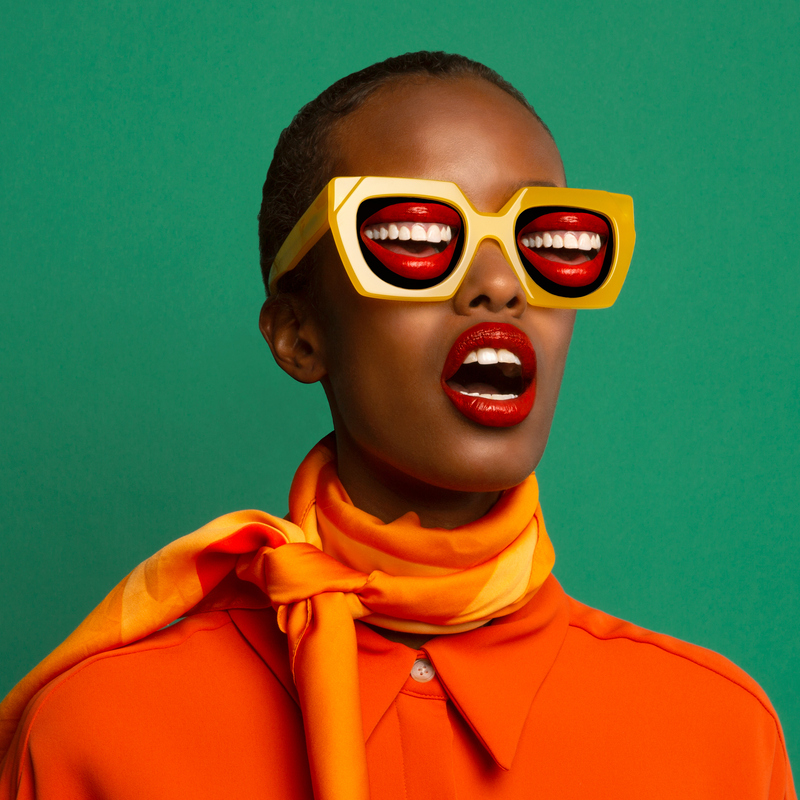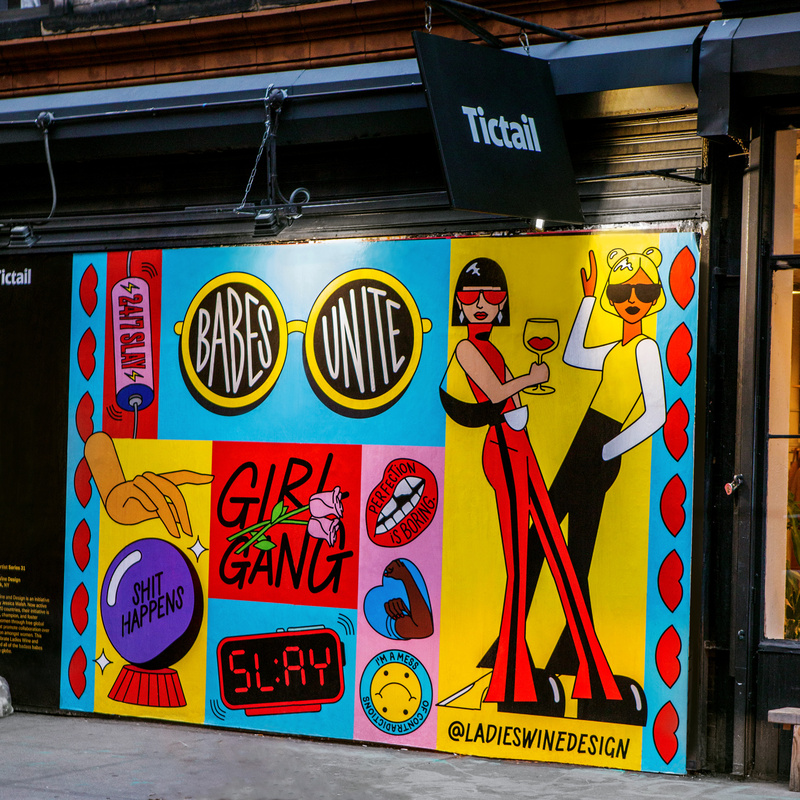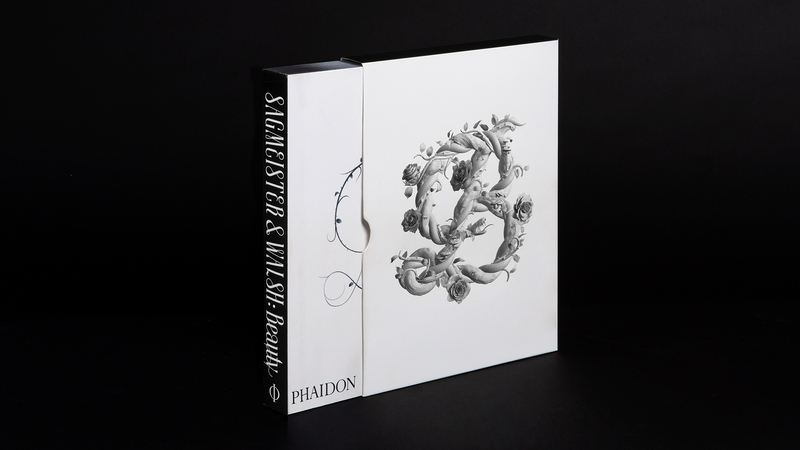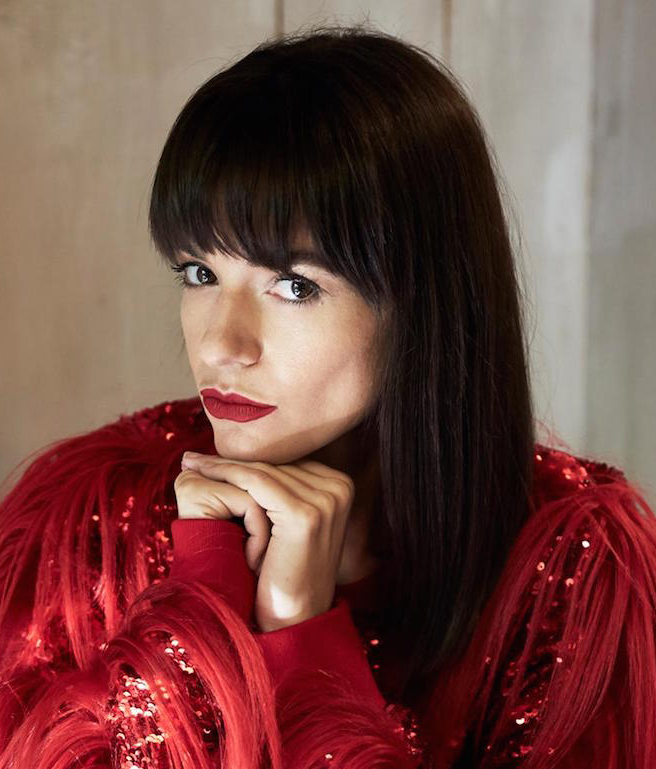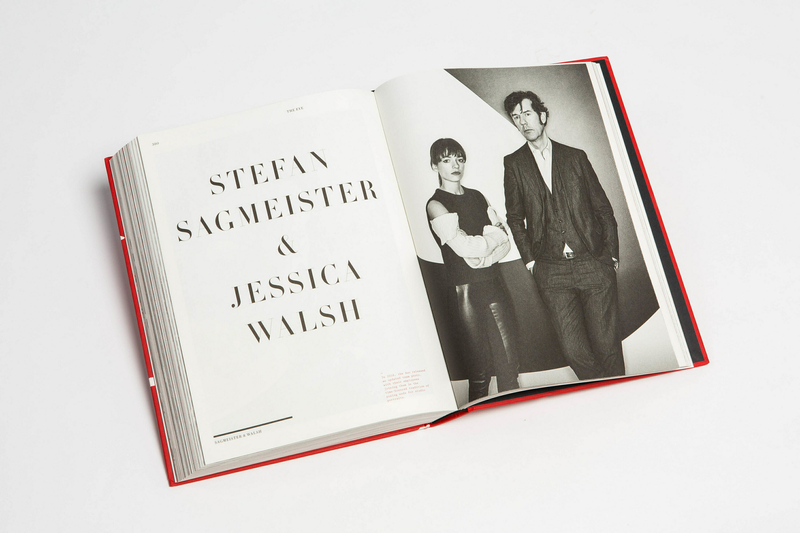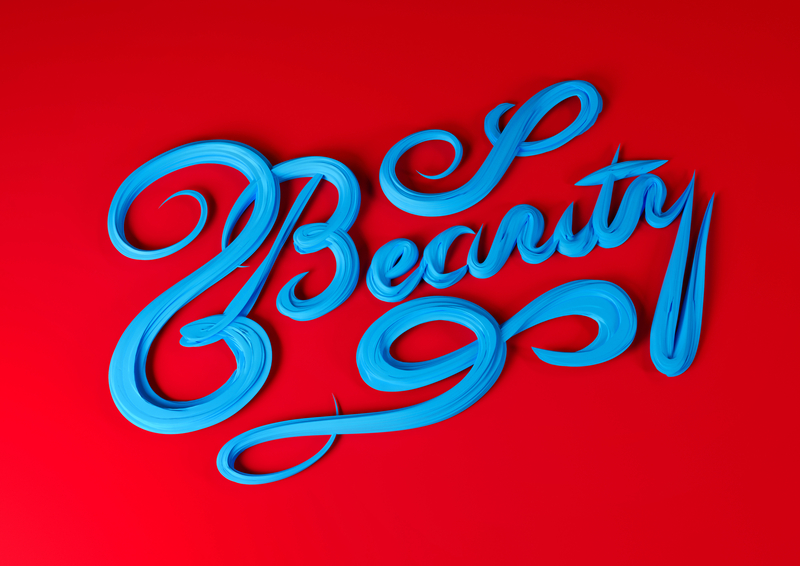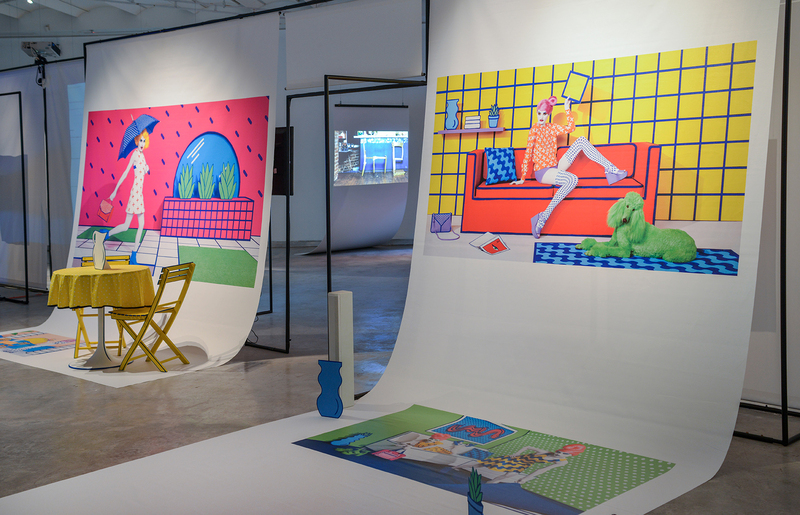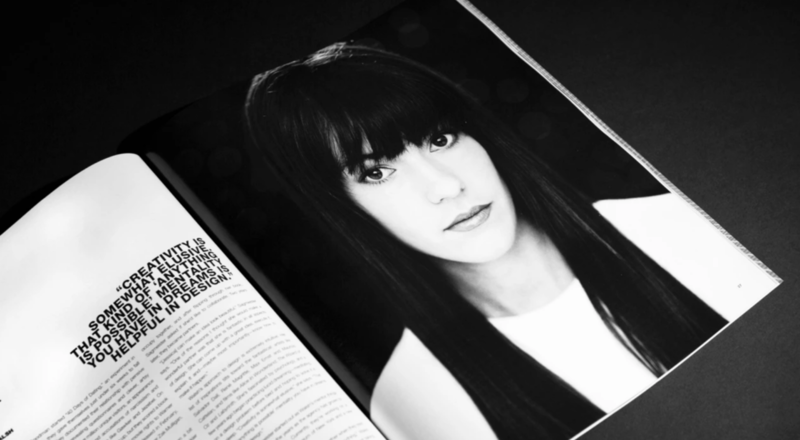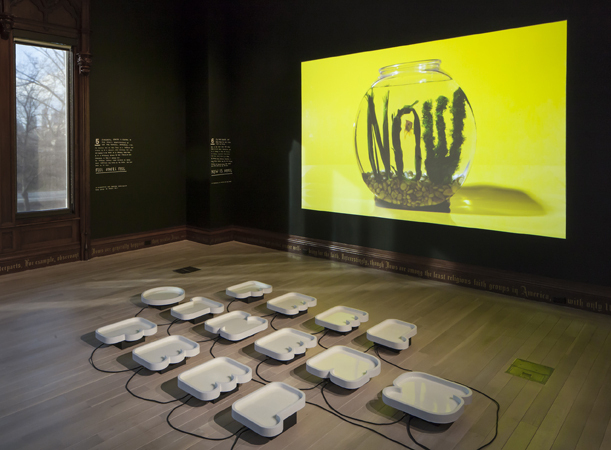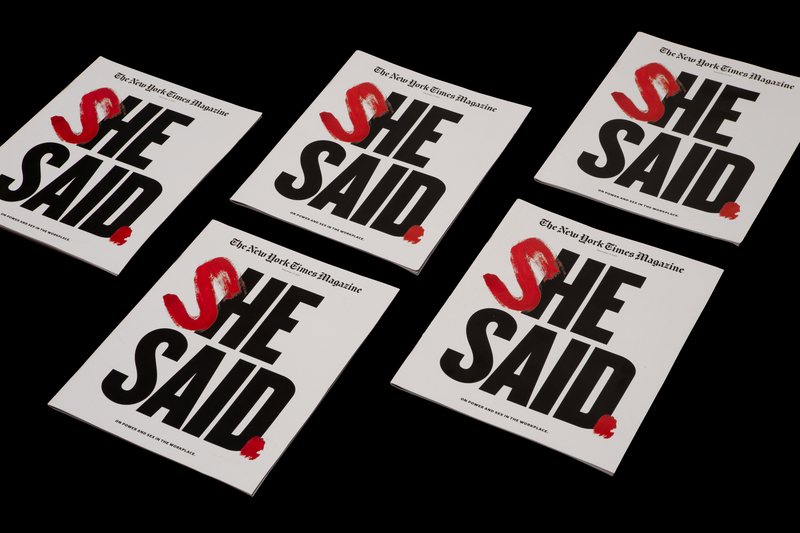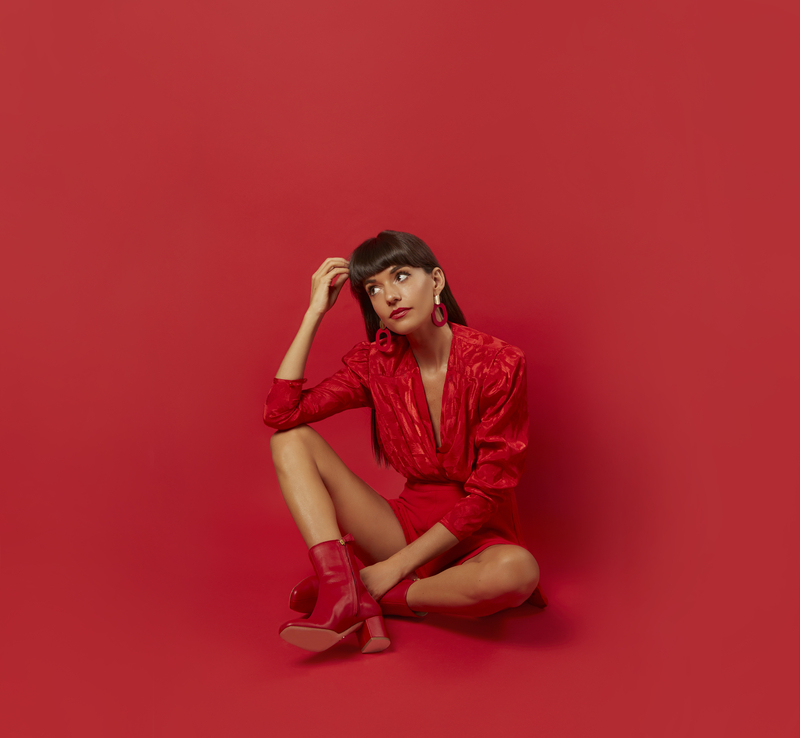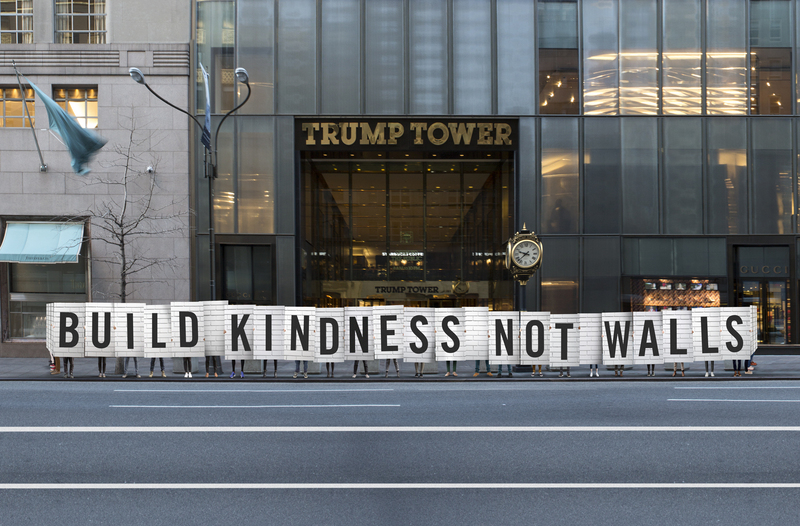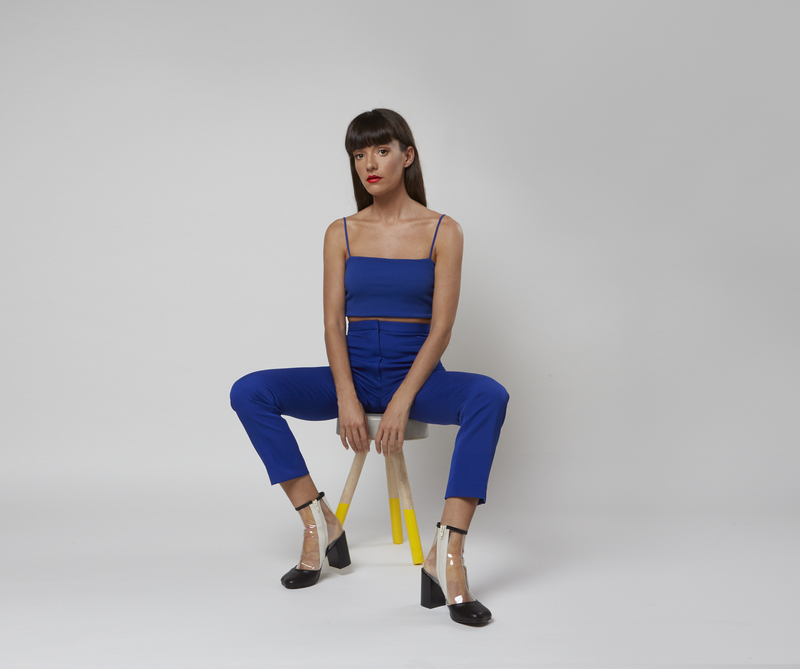Stefan Sagmeister & Jessica Walsh launched their exhibition “Sagmeister & Walsh: Beauty” at the MAK in Vienna. Beauty as the height of aesthetic achievement had fallen out of favor. They wanted to explore why & learn what they could do to reverse it.
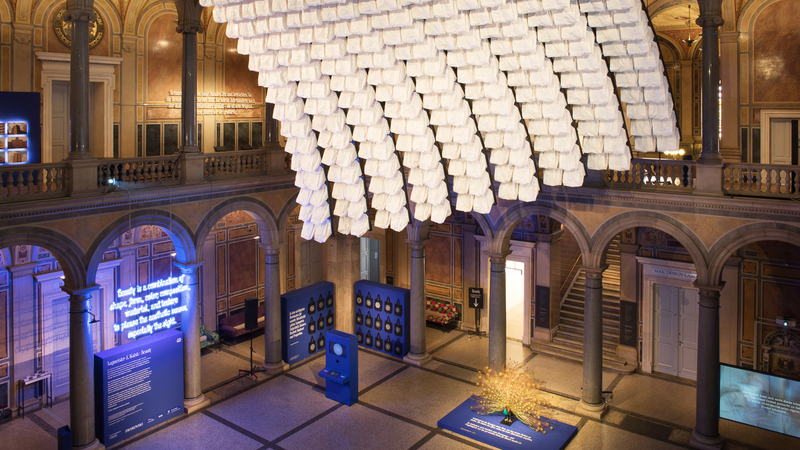
We created The Beauty Show, a visual multimedia exhibition addressing the concept of beauty. The exhibition investigates what happened to beauty, why people feel attracted to beauty, how they deal with it in daily life and what positive effects beauty can have.
With the aid of examples from the fields of graphic design, product design, architecture and city planning, we demonstrate that beautiful objects, buildings and strategies are not only more pleasing, but are actually more effective. We show that beautiful forms do not lack function, but rather, they are function themselves.
Throughout most of the 20th and the 21st century, beauty in art, architecture & design did not have a great reputation. Most respectable designers claim not be interested in it & the contemporary art world has almost entirely abandoned it. One could leaf through stacks of architecture books without seeing the term mentioned once. In the 20th century, conceptual functionalism went to such extremes that architects and designers designed everything with a psychotic sameness, which ironically failed to do the one thing it promised: function.
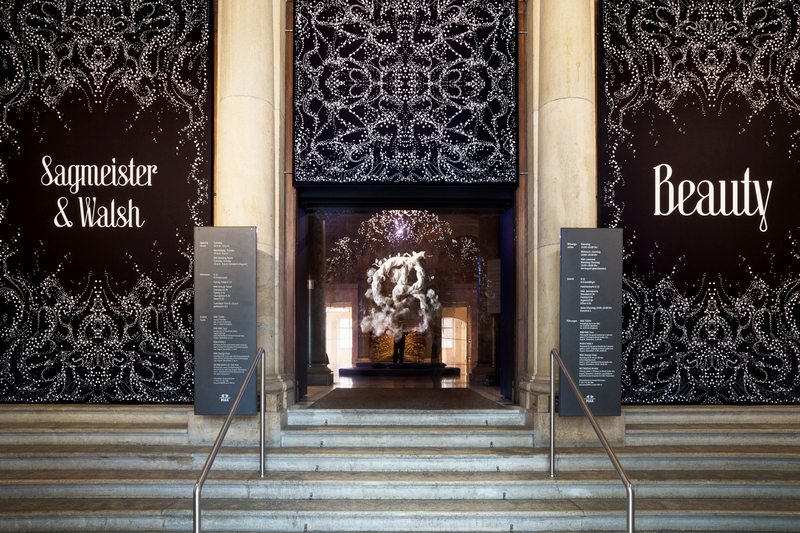
Social housing blocks built in the 1950s that were made to house the maximum amount of people as efficiently possible were dynamited 30 years later because they were unfit for human living. Most airports and subway systems look identical, making it difficult to know where you are. The Swiss international style is still taught as a design standard & widely used in branding and communications, despite its lack of functionality for anything that aims to display personality, uniqueness or emotion. Even when the communication design is purely functional, such as airline emergency exit cards, many people demonstrably do not read them; thus, they do not work.
Through a wide variety of mediums, our exhibition demonstrates why this shift away from craft and beauty is utterly stupid, dissecting what we can do to reverse it. Beautiful environments can increase mood, happiness, lower crime, or make people heal faster in hospitals. Who doesn’t want that?
The technical definition we use for beauty is a combination of shape, form, color & composition that pleases our aesthetic senses, especially sight. Beauty elicits an emotional reaction — its able to sway our decisions & actions, even impact our memory of something. We use beauty to capture people's attention, bring people joy, communicate messages in a memorable way & even sell products. The exhibition aims to highlight these facets of beauty with interactive installations like the “beauty of touch,” where you can heighten your sense of touch and experience “feeling” beauty.
We also tested what humans find universally beautiful. Part of beauty is hardwired in us, but part of it is based on our training, education, background & personal experiences. Training can definitely play a huge role in the ability to understand how to make beautiful creative work. Beauty, though, is not specific to one type of style — a beautiful object could be baroque and ornate, simple and modernist or anything in between. We tend to find things beautiful when they have some familiarity to us, but also have an element of newness. Beauty elicits an emotional response that we feel when we see & experience it. What we find beautiful is part universal across all humans and part learned & cultural conditioning.
As designers, we’ve found that when we take beauty seriously, our work functions much better. We think that our findings hold tremendous value for designers, creators & innovators in all fields & has undoubtedly shifted our own perspective and regard for beauty, adding a new level of depth to our work.
This immersive exhibition was shown at the MAK in Vienna in 2019 & is currently open at the Museum Angewandte Kunst in Frankfurt through 2020.
This exhibition was created by Stefan Sagmeister & Jessica Walsh with their studio Sagmeister & Walsh.
View the work here
